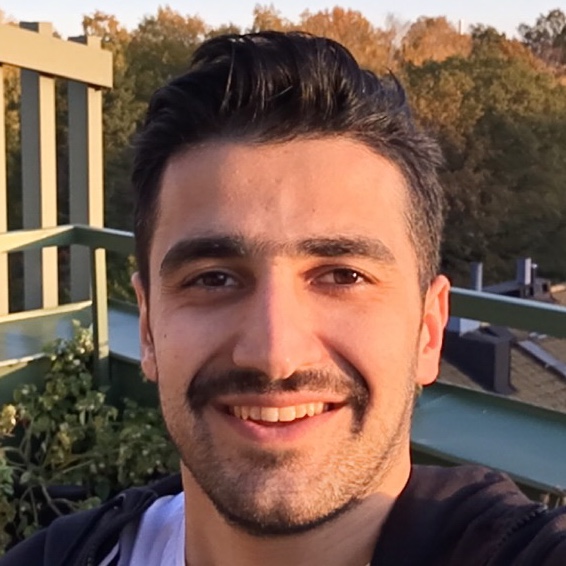Date
- 2024 Oct 25
- Expired!
Time
- 10:15
Location
Presenter

Saeed Davoodi
More Info
Defence of doctoral thesis: Saeed Davoodi – Hydrodynamic assembly and alignment of bio-nanofibers
KTH | WWSC
The defense is taking place at room F2 at KTH.
Opponent: Professor Stephen Eichhorn, The University of Bristol, UK
Supervisor: Professor Fredrik Lundell, Professor Daniel Söderberg, Professor Michael Malkoch
Abstract:
This thesis investigates the development and characterization of advanced materials derived from renewable sources, with a focus on cellulose nanofibrils (CNFs), lignocellulose nanofibrils (LCNFs), and protein nanofibrils (PNFs). The research aims to understand the intricate dynamics and interactions at the nano-scale, which are essential for enhancing the mechanical properties, sustainability, and practical applications of these materials.
The study begins with the exploration of CNFs in the presence of Helux, a dendritic polyampholyte. By examining the spinnability, alignment, and mechanical properties of CNF-composite filaments, the research demonstrates how Helux influences the assembly process. While Helux reduces fibril alignment due to increased rotary diffusion, it simultaneously creates a robust 3D network through ionic interactions, resulting in a trade-off that enhances the toughness and strength of the filaments.
The work then extends to LCNFs derived from unbleached softwood kraft pulps with varying lignin content. Lignin adds complexity to the alignment and mechanical properties of LCNFs, acting as a natural adhesive that enhances interfibrillar interactions. The study shows that LCNF-filaments exhibit higher tensile strength and modulus compared to CNF-filaments, particularly when lignin content is optimized. Additionally, LCNF-based foams are evaluated for their mechanical properties and lower cumulative energy demand, highlighting their potential for sustainable material applications.
In the final section, the thesis examines PNFs, focusing on how their morphology affects alignment and assembly under different flow conditions. Using microfluidic techniques and in situ small-angle X-ray scattering (SAXS), the research reveals the significant role of nanofibril morphology in forming hierarchical structures. The study also explores the use of genipin as a cross-linker to enhance the mechanical properties of PNF-based microfibers, demonstrating how cross-linking can improve fiber strength and ductility.
This thesis advances the field of sustainable material development by offering insights into the factors that influence the alignment, assembly, and mechanical performance of nanofibril-based materials, contributing to the creation of high-performance, environmentally friendly materials.

